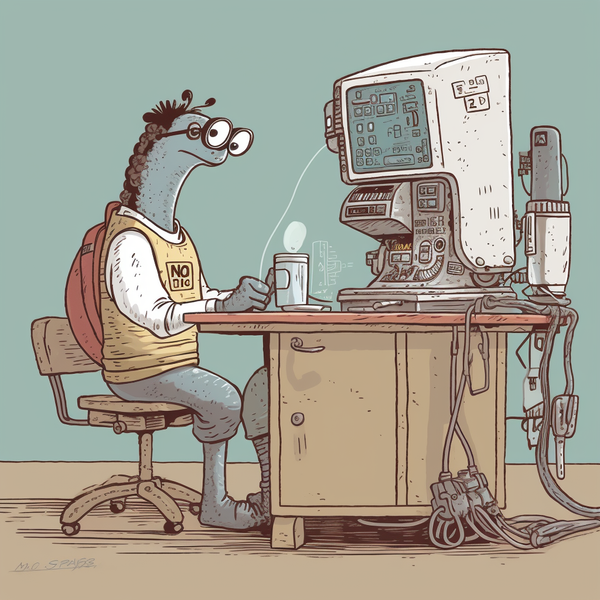
instabram
August 28 2023
Where do you see yourself in four months?

instabram
Where do you see yourself in four months?

writing
the types of things that can't be solved by things that solve types of things

instabram
another banger alfred workflow

essays
Blogging has recieved a major upgrade, from an unexpected place.

writing
I apologize for such a long letter - I didn't have time to write a short one

writing
I am exploring the art of world building in Obsidian, taking inspiration from Hunter X Hunter and Game of Thrones. I am learning that world building is made up of parts which can be linked together by backlinks and surfacing to create interesting callbacks and payoffs.
writing
If you are in the writing game, do yourself a favor and read this blog post about writing for developers. Some of my favorite tips -- emphasis mine: tl;dr: * be bold about using bold * short headers, few letters * jump cuts work in text too * variety in sentence structure makes